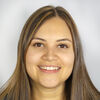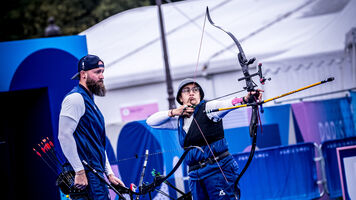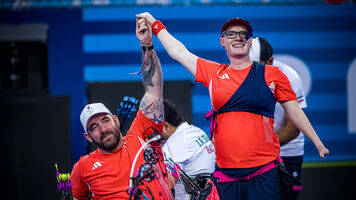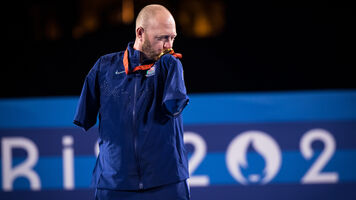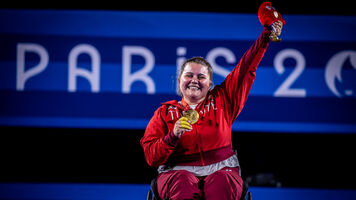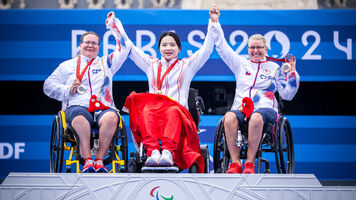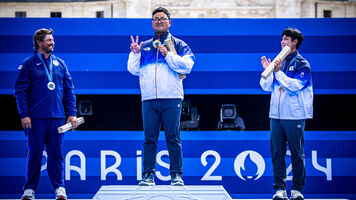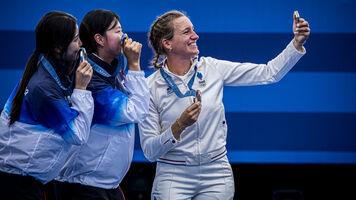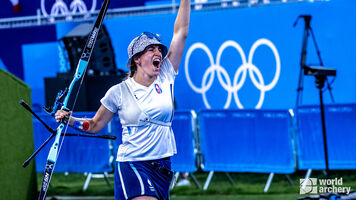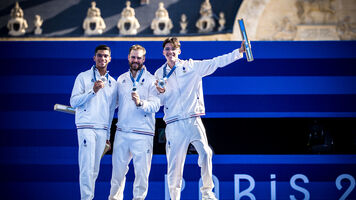From London 2011 to Rio 2015: Olympic test events
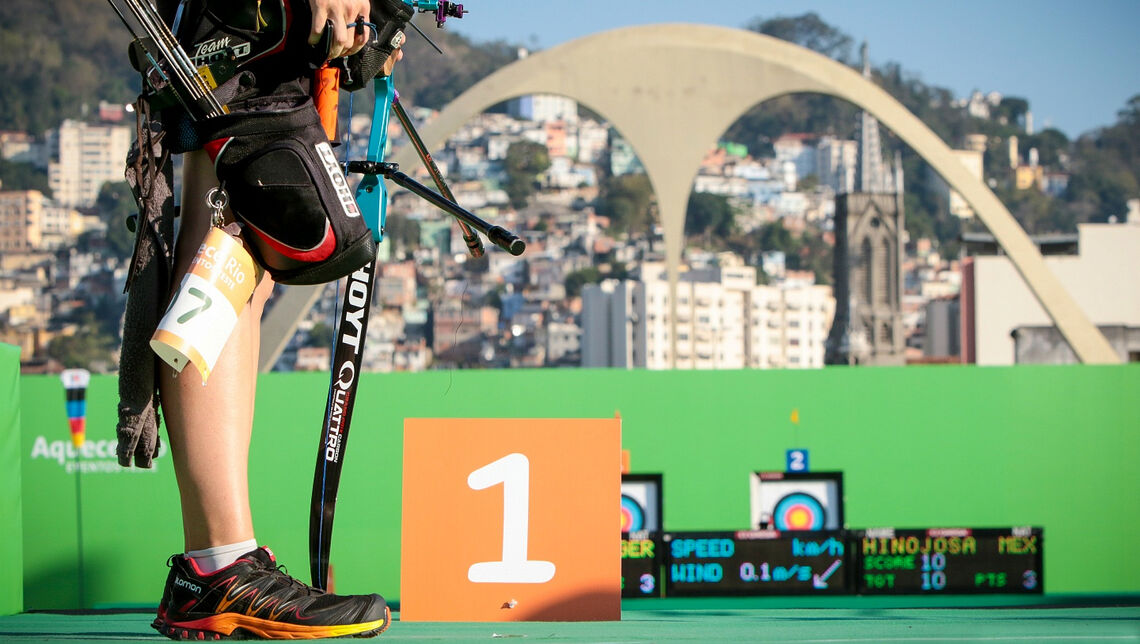
Olympic test events are a warm up – the literal translation of Aquece Rio – not just for the local organising committees but for the athletes, too. It’s a chance to familiarise themselves with the venues, logistics and feeling of the event.
In 2011, 107 archers competed at the London 2012 test event. Four years later, 120 entered the Aquece Rio International Challenge. Thirty athletes shot at both!
While it’s a fool’s errand to compare the results of the test events to that of their respective Games, it’s interesting to look at the improvement in scores from test event to test event. (The Olympics always seem to bring out the best results.)
In London in 2011, in recurve women’s qualification, 650 points would have been good for second place. Only Korea’s Jung Dasomi scored more, with 666. At the Aquece Rio test event, Lidiia Sichenikova scored 650 and ranked in 18th! A whole 16 places different.
The Olympic Champion at London 2012, Ki Bo Bae, qualified fifth at the London test event with 646. Four years later, her score would be on top – and considerably higher.
Bo Bae topped the Aquece Rio ranking round with 681, five points off the world record for qualifying, set during summer 2015.
Chinese Taipei’s Le Chien-Ying, seeded fourth at the London test event on 647, shot six points more in Rio (656) but ranked eight places lower, in 13th. She believes the women’s competition has drawn closer to the men’s in competitiveness, though she did say the weather had to be taken into account when comparing these particular two events.
“In Rio the sun makes shooting easy and there was also not much wind. The weather can change a lot, so it is an important factor in shooting,” said Le, an Archery World Cup Finalist in 2015.
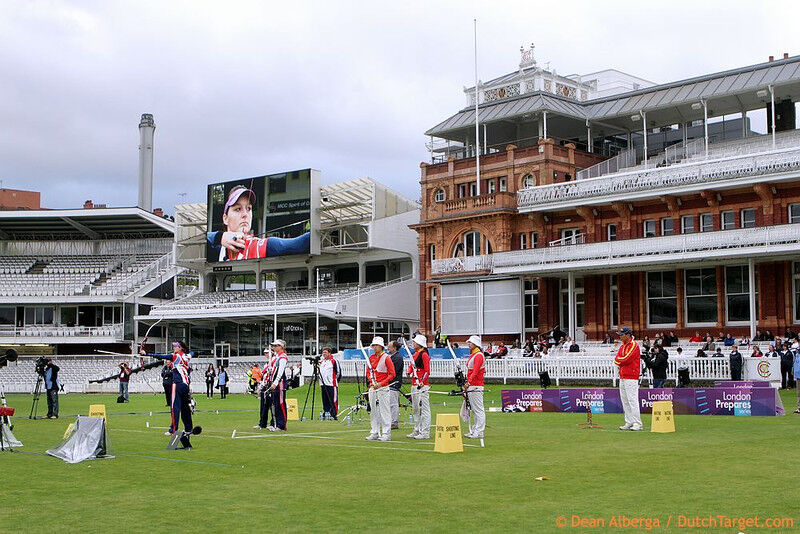
Im Dong Hyun posted a gigantic 693 in Lord’s Cricket Ground in 2011. He would go on to shoot an even-more-massive 699 at the Olympic Games the next year, setting a new world record – just 21 points off the maximum 720 for the round – that still stands at the end of 2015.
World Archery Champion Kim Woojin didn’t beat either of Dong Hyun’s London results at Rio 2015, but he wasn’t far off. His 690 led the recurve men’s field.
“It shows just how much archery is improving,” said Canada’s Crispin Duenas, seeded second in Rio with 685 – and 30th back at the London test event, where he scored 34 points less.
“There are more archers taking fitness and nutrition more seriously. The equipment is getting a little better, too. It also depends on the archer to shoot well, but it shows how we are adapting to perform better.”
While the top scores were slightly lower in Brazil, the spread was also tighter. A 650-point men’s qualification in London in 2011 had you in 32nd – but in Rio it was good enough for just 42nd.
“I think the improvement is based on the equipment, but every year more people get to train more, take archery more seriously and scores keep lifting between five to 10 points each year,” said Australia’s Taylor Worth.
The baseline for Olympic performances has been set in Rio.
With one year to go until the Games, the race to beat them – and when it really matters – is only beginning.
